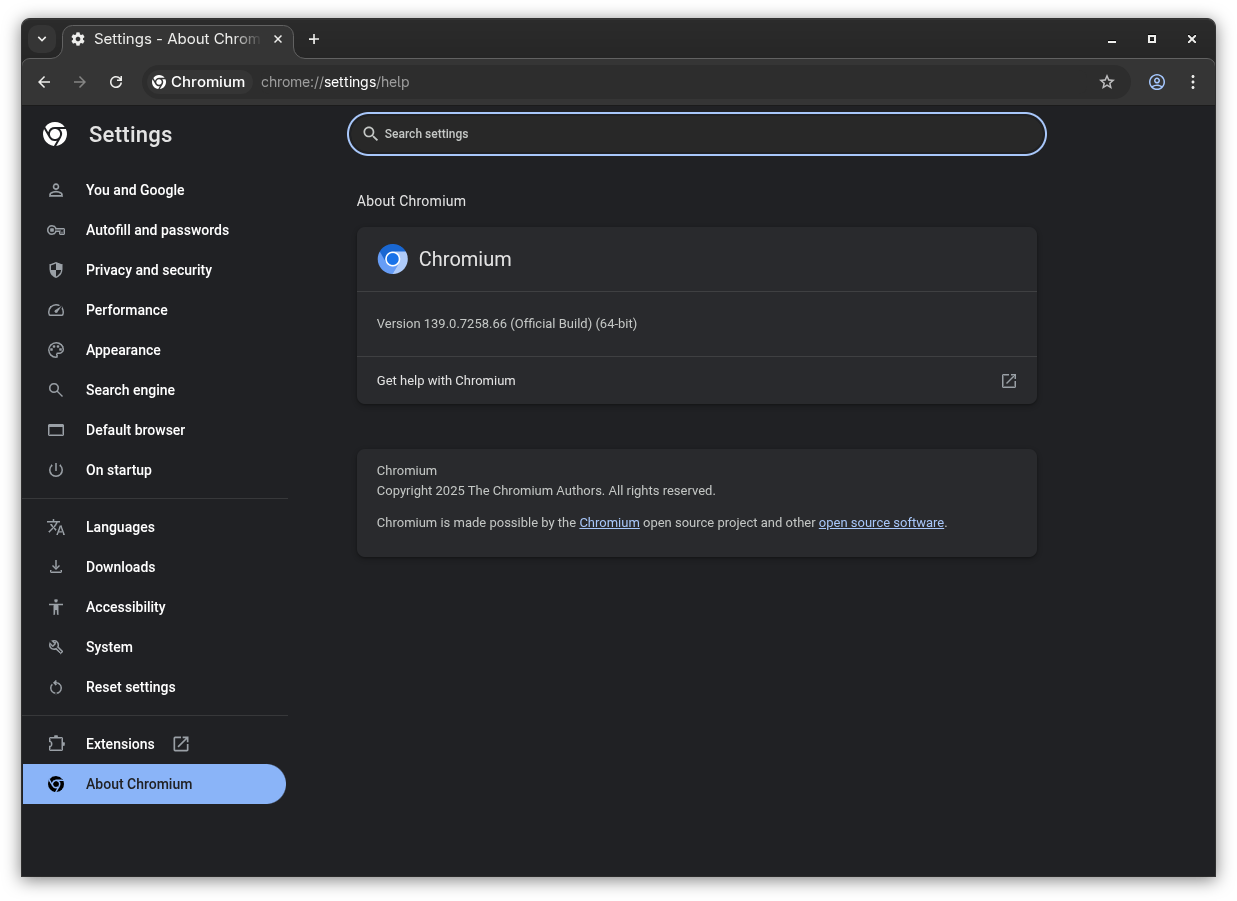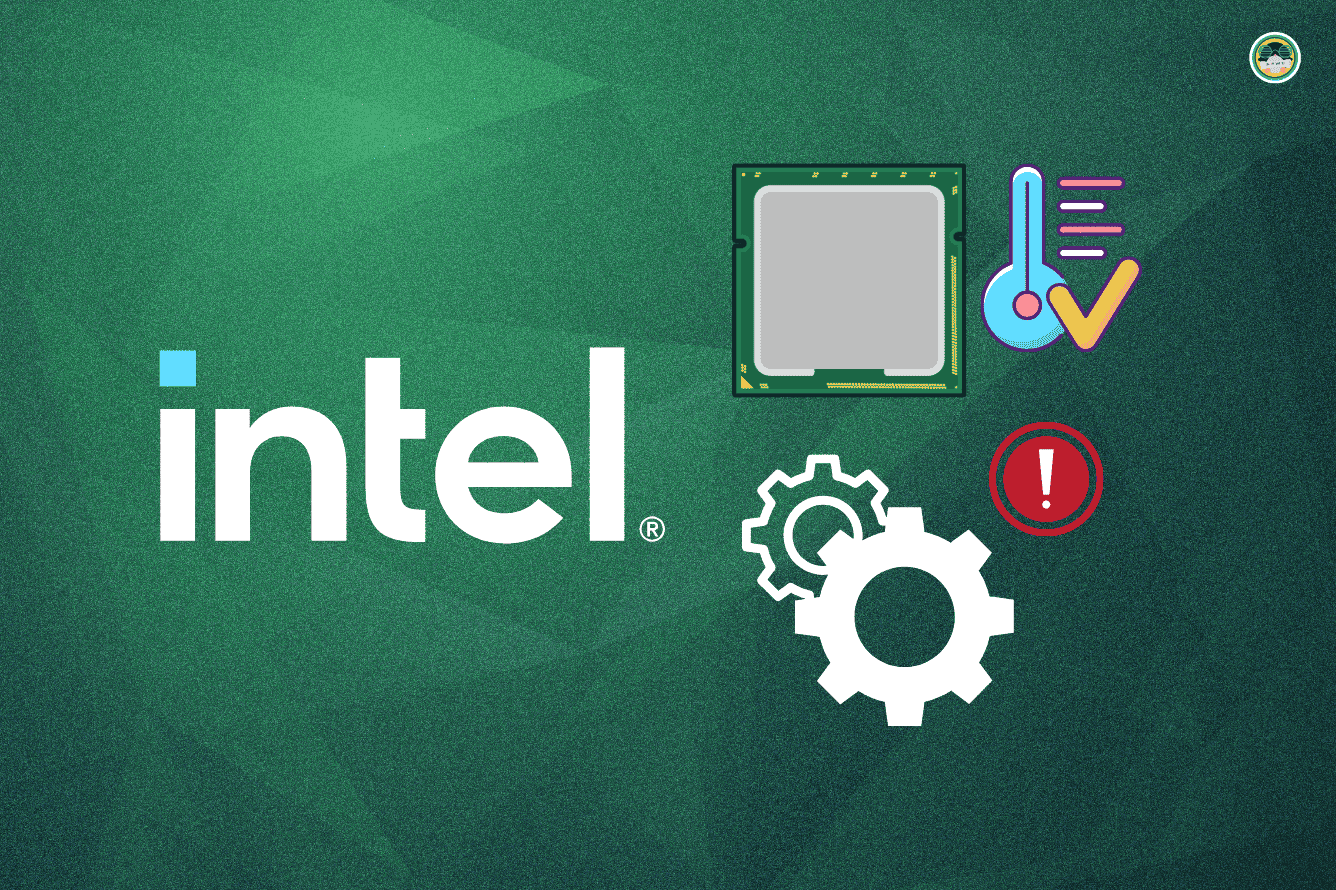
Wayland has been steadily replacing X11 as the default display server protocol across major Linux distributions. Beyond improved security and performance, it brings modern display technologies to Linux desktops, including better support for high refresh rates, fractional scaling, and color management.
The protocol's modular design allows for extensions that enable features previously unavailable on Linux systems.
In comparison, support for HDR in Linux has been a long-standing challenge, with most applications relying on basic color handling and failing to display HDR content properly.
Luckily, recent developments have seen HDR support improve across Wayland sessions on Linux, and this capability has now reached Chromium.
HDR Support Arrives on Chromium: What to Expect?

Chromium has merged HDR video playback support for Linux Wayland systems through a patch that implements the Wayland color-management-v1 protocol. The browser can now pass HDR metadata directly to the Wayland compositor, which handles tone mapping based on display capabilities.
To put it simply, this allows Linux users to play HDR content on a Wayland session using Chromium.
The implementation adds several Wayland protocol objects, including wp_color_manager_v1, wp_color_management_surface_v1, and wp_image_description_v1.
This is good news for users of KDE Plasma and GNOME, as those support the color management protocol, allowing proper HDR display. Other desktop environments will need updates to handle this.
Plus, users need an HDR-capable monitor to see the benefits, as non-HDR displays lack the brightness range and color gamut for proper HDR reproduction.
Though, as Linuxiac notes, NVIDIA users might face complications due to limited VA-API support in the proprietary driver. NVIDIA provides NVDEC for hardware decoding but requires translation layers like nvidia-vaapi-driver, which may not perform reliably under Wayland.
Suggested Read 📖

- Even the biggest players in the Linux world don't care about desktop Linux users. We do.
- We don't put informational content behind paywall. Your support keeps it open for everyone. Think of it like 'pay it forward'.
- Don't like ads? With the Plus membership, you get an ad-free reading experience.
- When millions of AI-generated content is being published daily, you read and learn from real human Linux users.
- It costs just $2 a month, less than the cost of your favorite burger.
Become a Plus Member today and join over 300 people in supporting our work.










